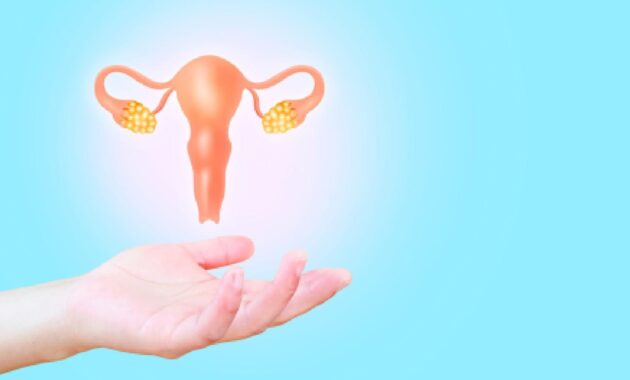Uterine fibroids are non-cancerous growths that develop from the muscular tissue of the uterus. They can take on various sizes and shapes, ranging from tiny to as large as a grapefruit. Fibroids are situated inside the uterus, on its outer surface, or within the uterine wall. Their growth patterns can also vary, with some fibroids remaining small for long periods and others experiencing sudden and rapid growth. Although fibroids are most commonly found in women in their 30s and 40s, they can occur at any age. While women may have the basic knowledge about uterine fibroids, there are many unanswered questions you need to know. Here are some of the most common questions about uterine fibroids you should know.
What causes uterine fibroids?
The exact cause of uterine fibroids is still unknown, but factors such as hormonal imbalances, genetics, and estrogen levels are believed to play a role in their development.

What are the symptoms of uterine fibroids?
The symptoms of uterine fibroids can vary but may include heavy or prolonged menstrual periods, pelvic pain or pressure, frequent urination, difficulty emptying the bladder, constipation, and abdominal swelling or bloating.
How are uterine fibroids diagnosed?
Uterine fibroids can be diagnosed through a pelvic examination, ultrasound, MRI, or other imaging tests.
Are uterine fibroids cancerous?
The majority of uterine fibroids are noncancerous (benign). However, in rare cases, a fibroid may develop into cancer (leiomyosarcoma).
Do uterine fibroids always require treatment?
Not all uterine fibroids require treatment. If the fibroids are small, asymptomatic, or not affecting fertility, a doctor may recommend monitoring without intervention. The treatment is typically recommended if symptoms are severe or if fertility is a concern.
What are the treatment options for uterine fibroids?
The treatment options for uterine fibroids may include medication to manage symptoms, hormonal therapy, minimally invasive procedures such as uterine fibroid embolisation – a minimally invasive procedure used to treat uterine fibroids., or surgical interventions (such as myomectomy or hysterectomy). Out of these UFE is the safest and effective alternative with shorter recovery time and fewer complications. It also allows women to preserve their uterus and fertility while finding relief from the symptoms caused by uterine fibroids.
Select Topics of your interest and let us customize your feed.
PERSONALISE NOW
What is the difference between hormonal therapy, surgery, and physical therapy?
Hormonal therapy, such as the use of birth control pills or the patch, can be effective in managing symptoms associated with uterine fibroids. Surgery, such as a myomectomy, involves removing fibroids while preserving the uterus. Physical therapy can help alleviate pain associated with uterine fibroids through exercises and targeted treatment.
Can uterine fibroids affect fertility and pregnancy?
Uterine fibroids can sometimes affect fertility by interfering with the implantation of a fertilised egg or causing blockages in the fallopian tubes. They can also increase the risk of certain pregnancy complications, such as miscarriage, preterm labour, or breech presentation.

Can uterine fibroids shrink on their own?
Uterine fibroids may shrink or stop growing after menopause due to the drop in estrogen levels. However, this is not always the case, and individual factors can influence fibroid growth.
Can lifestyle changes help manage uterine fibroids?
While lifestyle changes cannot directly treat uterine fibroids, maintaining a healthy weight, exercising regularly, managing stress, and avoiding excessive consumption of alcohol and caffeine may help manage symptoms and overall well-being.
#Uterine #fibroids #Definition #symptoms #treatment
